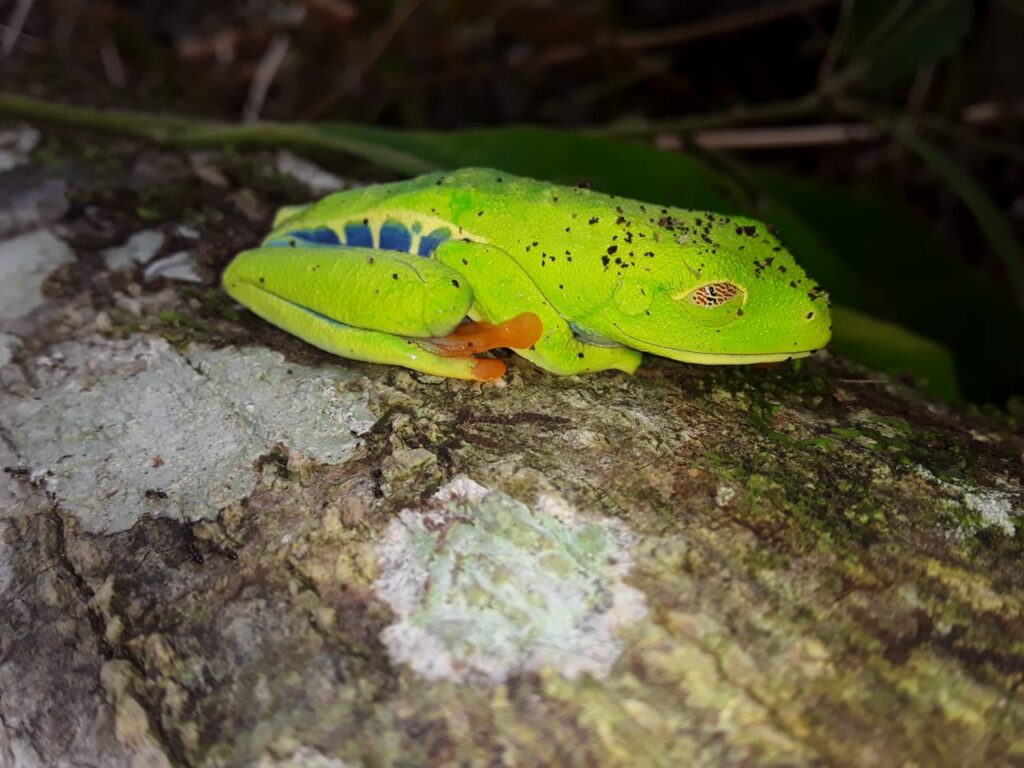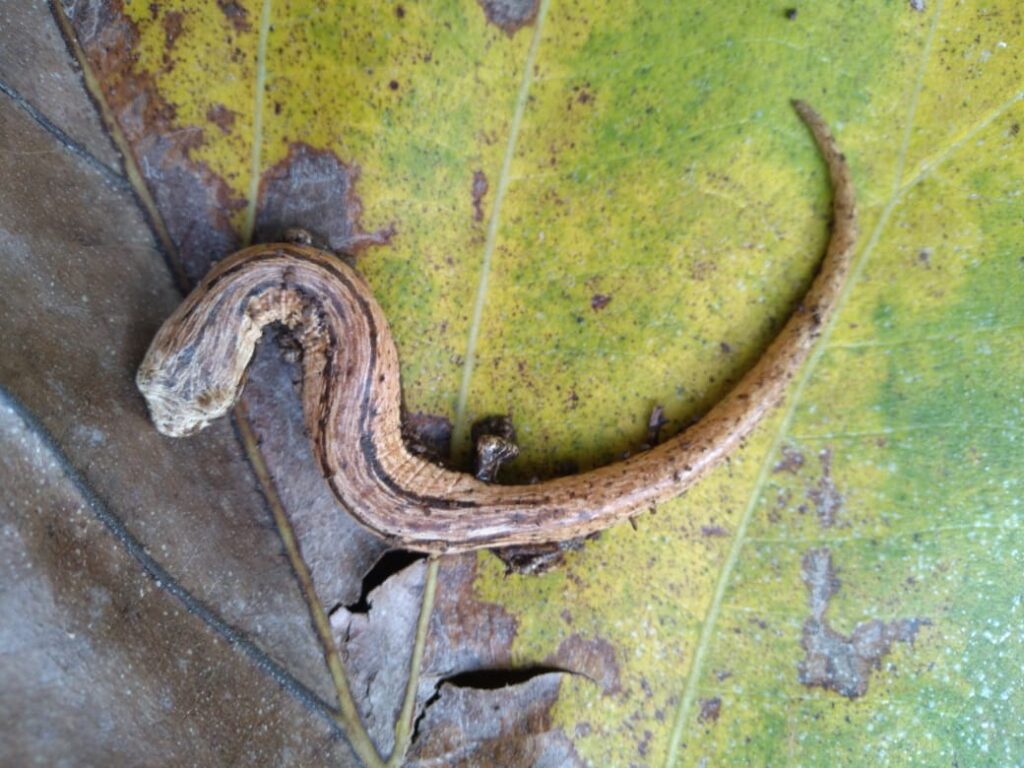News
MLR Forestal commemorates World Amphibian Day by protecting 21 species

In 2004 the World Conservation Union (CITES) It globally assessed the situation of amphibians and revealed that between a third and a half of them are threatened with extinction and that some 120 families of these species have already disappeared from Earth. It was for these reasons that the agency declared April 28 as World Amphibian Day.
The idea of declaring a World Amphibian Day is to promote reflection on the risk in which these animals find themselves and to disseminate knowledge about their diversity.
In Nicaragua, about 75 species of amphibians belonging to three large groups have been reported: anurans, urodeles and caecilians. In the properties of MLR Forestal 21 species of amphibians have been listed in the different studies that the Biodiversity department of the company has carried out.

Ecological restoration project will increase amphibian species
The ecological restoration of Forest MLR initiated in 2022 will be beneficial for amphibians. The goal is that by 2037, as a result of ecological restoration actions and recovery of degraded areas, amphibian species will have increased by 20 percent.
This will be achieved with the improvement of the biodiversity monitoring and management plan, the definition of mechanisms and resources for the monitoring of biological diversity, the improvement of the database on biodiversity in the company’s properties, alliances with regional, national and international universities for the development of monitoring and the registration and dissemination of main annual findings on biological diversity.
The vision of ecological restoration is about planting trees in degraded areas that in this first stage will have an important ecological function because they are species that serve as umbrellas, feeders and hosts with the aim of regenerating an entire food chain that activates biodiversity both in the medium and long term.
Moving fifteen years into the future, in the year 2037, “MLR is making sure to have biodiversity, conserve soils, water and also have interconnectivity with other areas that may be around. This will favor them even in their plantations because it will increase cocoa pollination and pest control thanks to a more diverse ecosystem,” said Fabio Buitrago, in charge of the project.
Share




